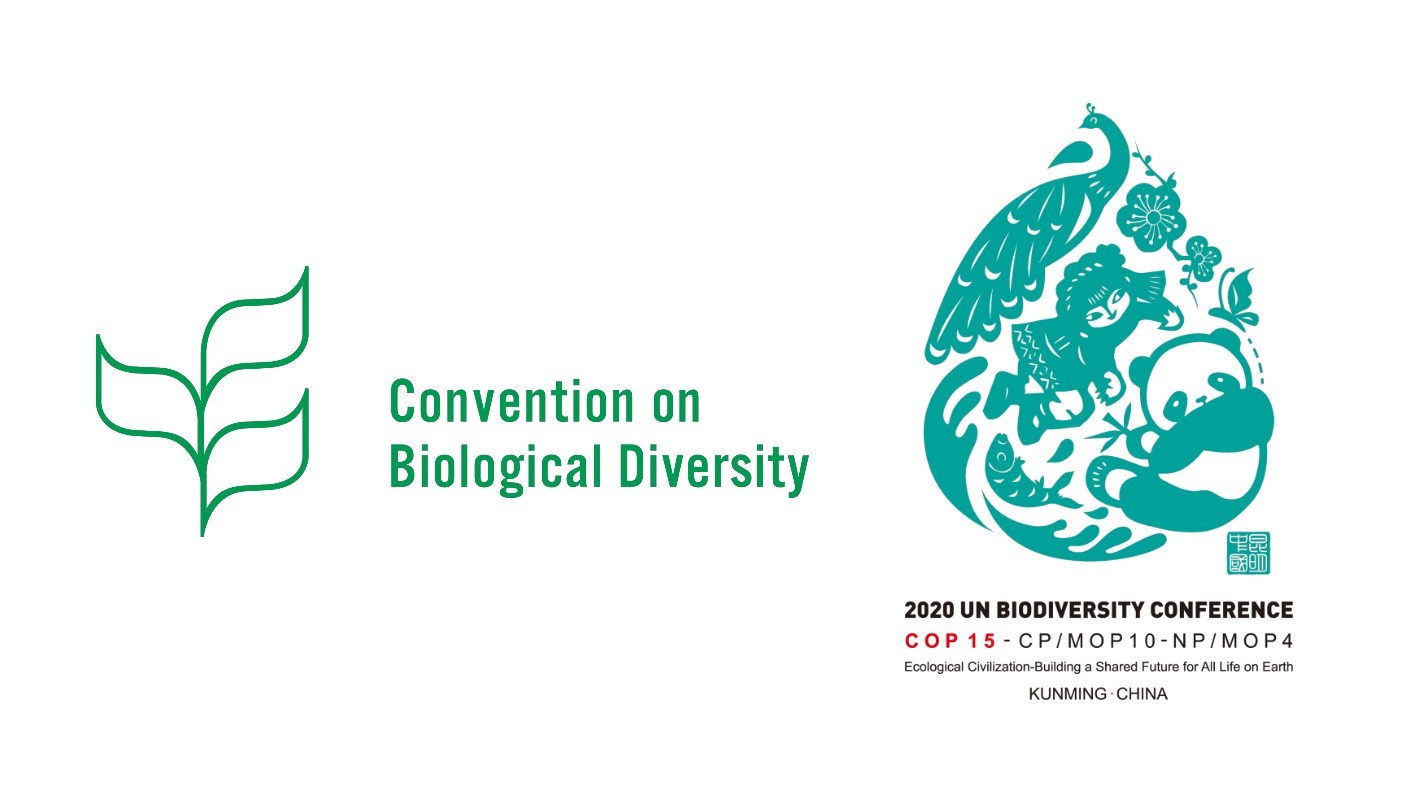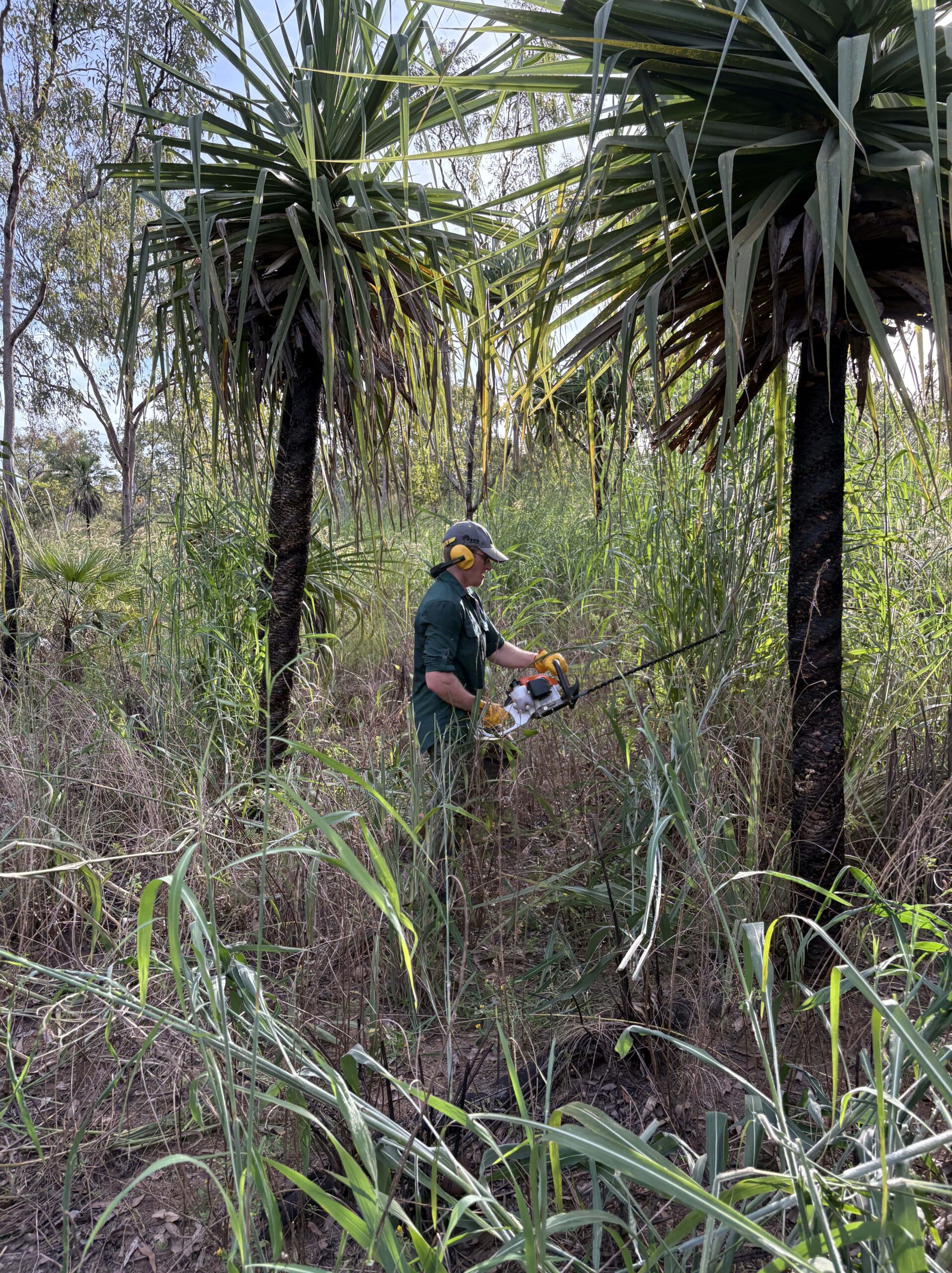Against all odds, the Kunming-Montréal CBD COP¹ -15 delivered a Global Biodiversity Framework that sets the right priorities to give nature a fighting chance.
The odds against this COP were indeed great: Covid-19 had delayed this Conference of Parties two years from its original October 2020 timeline; the Ukraine war had sucked away energy and attention from its vital agenda; international cooperation had ebbed to a historic low; and last but not least, some of the 196 countries disagreed with its recommendations.
Thankfully, the Chinese COP-15 President boldly went ahead and declared consensus despite some objections: an act of leadership that was worth all the appreciation it received. I was reminded of the electric moment at UNFCCC² COP-16 in Cancun (the climate COP the year after the disastrous Climate COP-15 in Copenhagen, where nothing substantial was agreed) when Minister Patricia Espinosa, representing the Mexican Presidency, made history, couching her closing response to some countries’ objections thus: “Consensus is not unanimity, and we have consensus.”
CBD COP-15, too, has made history. Its Global Biodiversity Framework (so-called “GBF”) not only raises the bar on countries to act, but it is historic in recognizing that the world of big business and large investors has a leading role to play in conserving biodiversity. The GBF of CBD COP-15 has four laudable goals towards 2050, and twenty-three targets by 2030 to enable all actors in society – including the world of corporations and investors – to align their actions in order to bend the curve of biodiversity loss over the next ten years.
Of the twenty-three targets of the GBF, four drew most of my attention, and here is why:
Target 3, so-called “thirty by thirty”, is indeed ambitious. It asks member nations to “ensure” that 30% of “terrestrial, inland water, coastal and marine areas” (i.e. 30% of the earth’s surface) is brought under “well-connected and equitably governed systems of protected areas and other effective area-based conservation measures, recognizing indigenous and traditional territories”. This is huge, especially considering that its predecessor (Aichi Target #11, to be achieved from 2011 to 2020) was to reach 17% of land and 10% of marine areas under equitable conservation. By 2020, we had achieved just under 15% of land and 8% of marine and coastal areas under some form of equitable conservation and sustainable management, an improvement from pre-Aichi levels of around 2% and 12%, but still below Aichi targets. Therefore, this bold new Target #3 of the GBF is a big step above its predecessor: a tribute to all involved in its creation, including major civil society organizations who had hammered away to promote this target in scientific and policy forums for years.
Target 15 has been long in the making, but it is a huge relief that it is here. Two-thirds of the economy is private sector, measured by GDP or jobs, and a corresponding share of the drivers that are pushing us past planetary boundaries are the environmental impacts of businesses and their value chains, force-multiplied by the actions or inactions of global investors. To us at GIST Impact this Global Biodiversity Framework vindicates our very purpose: delivering impact intelligence, redefining corporate performance by incorporating material externalities. Target 15 requires governments to “take legal, administrative or policy measures to encourage and enable business, and in particular to ensure that large and transnational companies and financial institutions” (italics mine)… regularly monitor, assess, and transparently disclose their risks, dependencies and impacts on biodiversity, including with requirements for all large as well as transnational companies and financial institutions along their operations, supply and value chains and portfolios”. The ambit is wide, so the reality that you do not have to be a forestry, food or mining company to affect biodiversity should be obvious. Climate change, water scarcity and pollution are huge drivers of biodiversity loss, and these impacts must also be monitored, assessed and transparently disclosed. If all this is not a clarion call for the brave new world of impact economics, of assessing and disclosing impacts and dependencies, then nothing is. And the fact that “large” and “transnational” companies and` “financial institutions” are mentioned twice is logical: this is about materiality, as well as capacity to lead and transform. And judging by the number of these actors who were physically present in Montréal for COP-15, I believe there is enough momentum to make this target happen.
I am also truly impressed with Target 18, which asks member governments to phase out environmentally harmful subsidies, “progressively reducing them by at least 500 billion USD per year by 2030”, thereby also creating fiscal space to “scale up positive incentives for the conservation and sustainable use of biodiversity.” A vital transition recommended by UNEP’s Green Economy Report (2010) finally has recognition as a CBD decadal target.
Target 19 (on financing Kunming-Montreal targets) appears to be out of whack with the rest of this GBF. Ten years ago, a CBD High-Level Panel³ presented a Global Assessment of Resources for implementing the strategic plan for biodiversity 2011-20. This early assessment of how much expenditure of what kinds was needed to meet the Aichi targets, had then estimated overall annual expenditures needed (capex + maintenance) at between $150-$440 billion per annum. In this context, the estimate in Target 19 “by 2030 mobilizing at least 200 billion United States dollars per year” may just about get us to old Aichi Targets levels, and not the more aggressive “thirty by thirty” targets sought by the GBF. Secondly, why should only $20-$30 billion of the $200 billion be borne by developed nation governments? Nature’s contributions to people, or ecosystem services, are mostly public goods and services. Private capital typically seeks private returns, and the benefits of equitable conservation and sustainable use typically accrue to the public at large. Therefore, it is a stretch to suggest that the lion’s share of the $200 billion annual bill should be borne by the private sector and domestic sources, as against the other way round. Following this logic, for developed world governments to commit a tenth or a seventh of the expenditure appears far from equitable.
And this brings me to the key point about targets: they are targets. It is the commitment of the actors, the agents of change, that either does or does not achieve them. And the agents of change include all of us individually: as citizens, as employees in corporations and financial institutions, or as officers in government. The Global Biodiversity Framework needs all of us to make it succeed in its purpose of reversing the direction of nature loss, creating a world in which humans thrive in harmony with nature.
1. 15th Conference of Parties to the United Nations Convention on Biological Diversity
2. United Nations Framework Convention on Climate Change
3. Report of the High-Level Panel on Global Assessment of Resources for Implementing the Strategic Plan for Biodiversity 2011-2020 (link)






